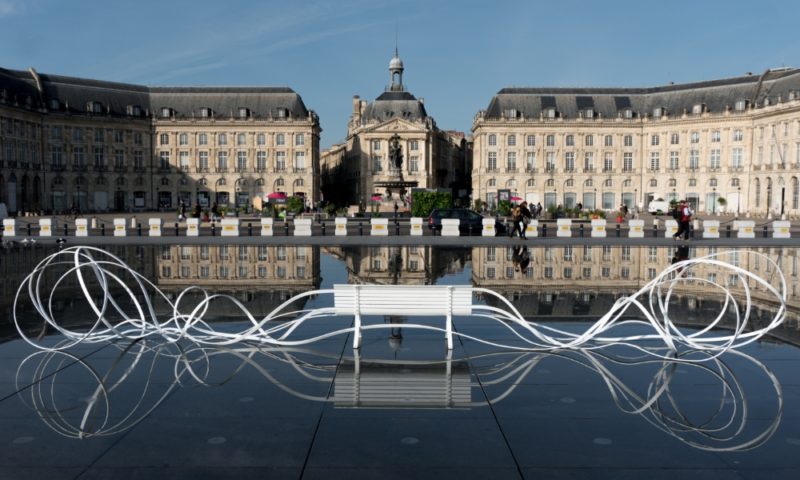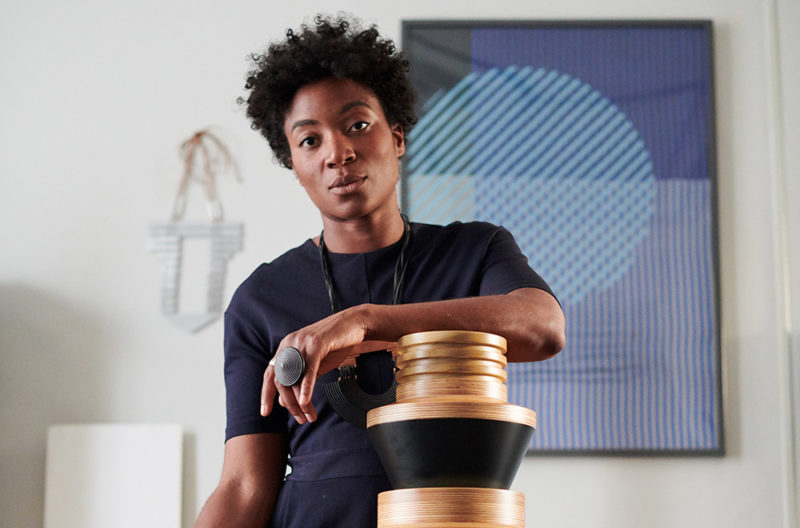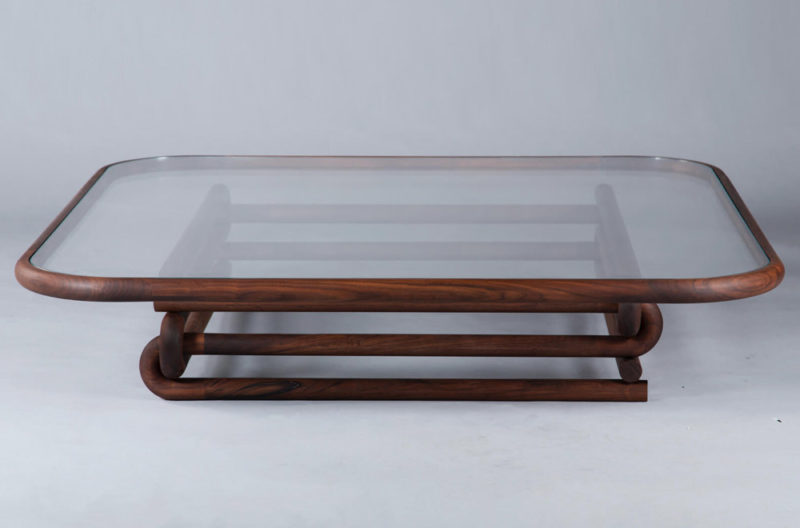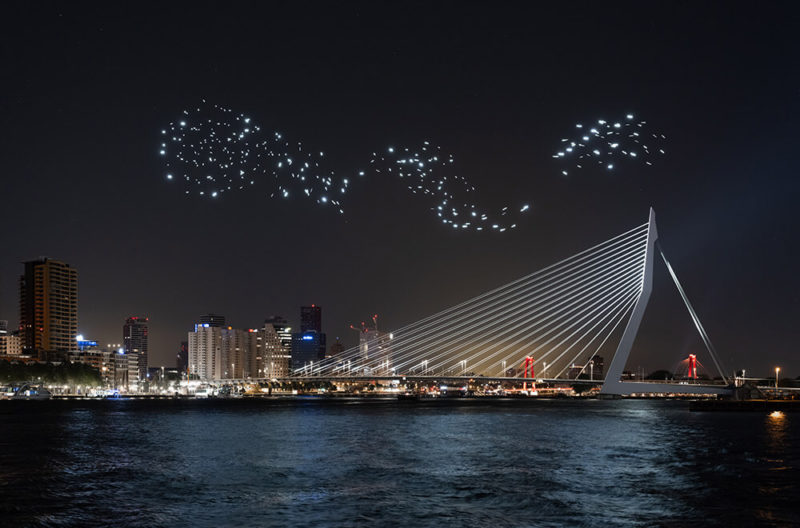Shofuso and Modernism
An insight into the tight-knit circle of artists and architects who expanded the parameters of modernism in the Philadelphia region and beyond.
Shofuso Japanese House and Garden, Philadelphia
2nd September – 29th November 2020
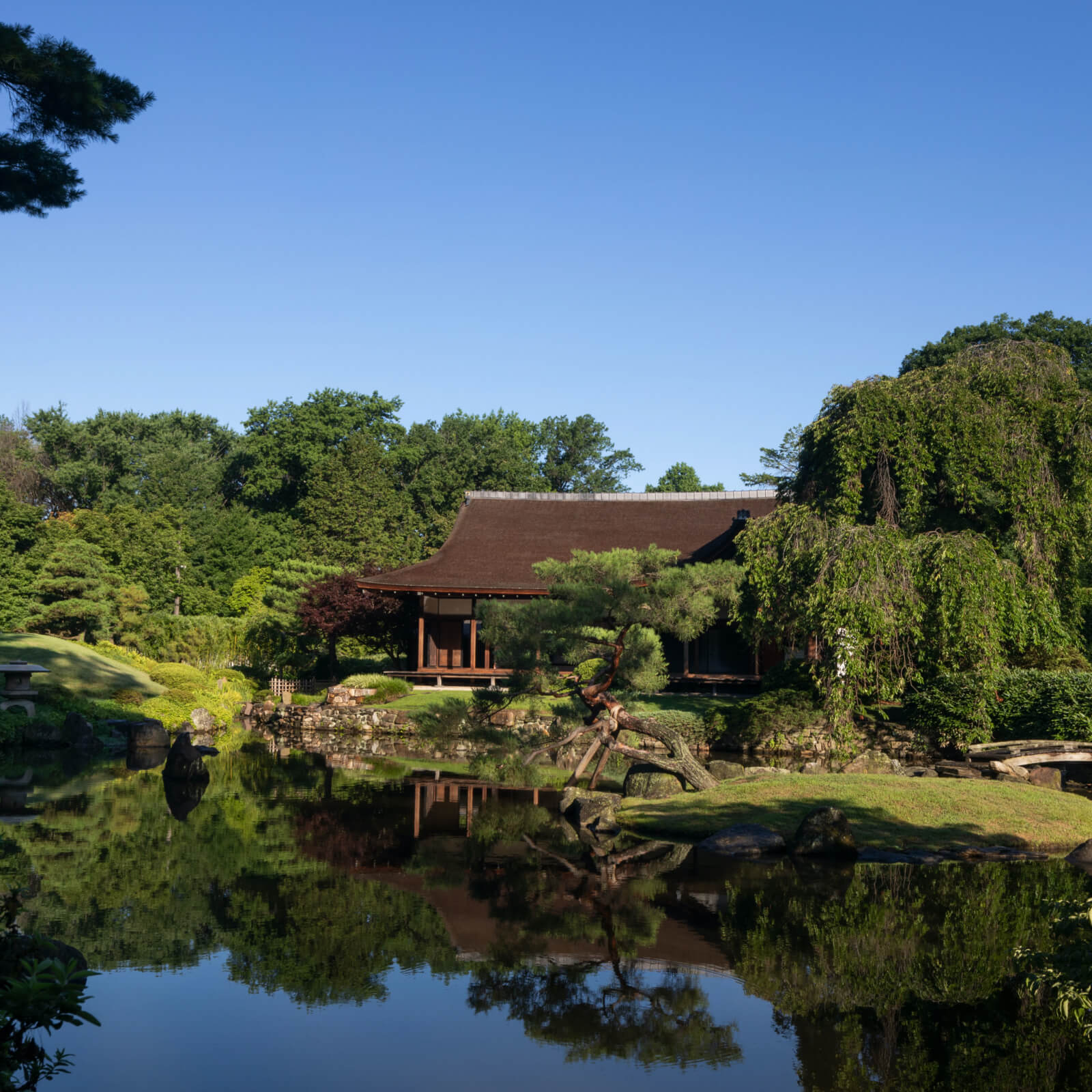
Shofuso House and Garden
COURTESY: Japan America Society of Greater Philadelphia / PHOTOGRAPH: Elizabeth Felicella
A FEW MILES northwest of centre city Philadelphia, a 17th century-style Japanese house sits serenely in the landscaped gardens of Fairmount Park. Designed by architect Junzō Yoshimura (1908 – 1997) it was built for an outdoor exhibition, The House in the Museum Garden, at the Museum of Modern Art (MoMA) in 1954 – a gift from the government of Japan to the people of the United States as a gesture of friendship during the fraught postwar period. In need of a permanent home after the MoMA exhibition ended, the house was moved and reconstructed on the site of Philadelphia’s 1876 Centennial Exposition (the world fair where thousands of American visitors were introduced to Japanese decorative arts and design for the first time). This structure, with its koi pond, tea house and tiered waterfall, is a perfect setting for the Shofuso and Modernism exhibition.
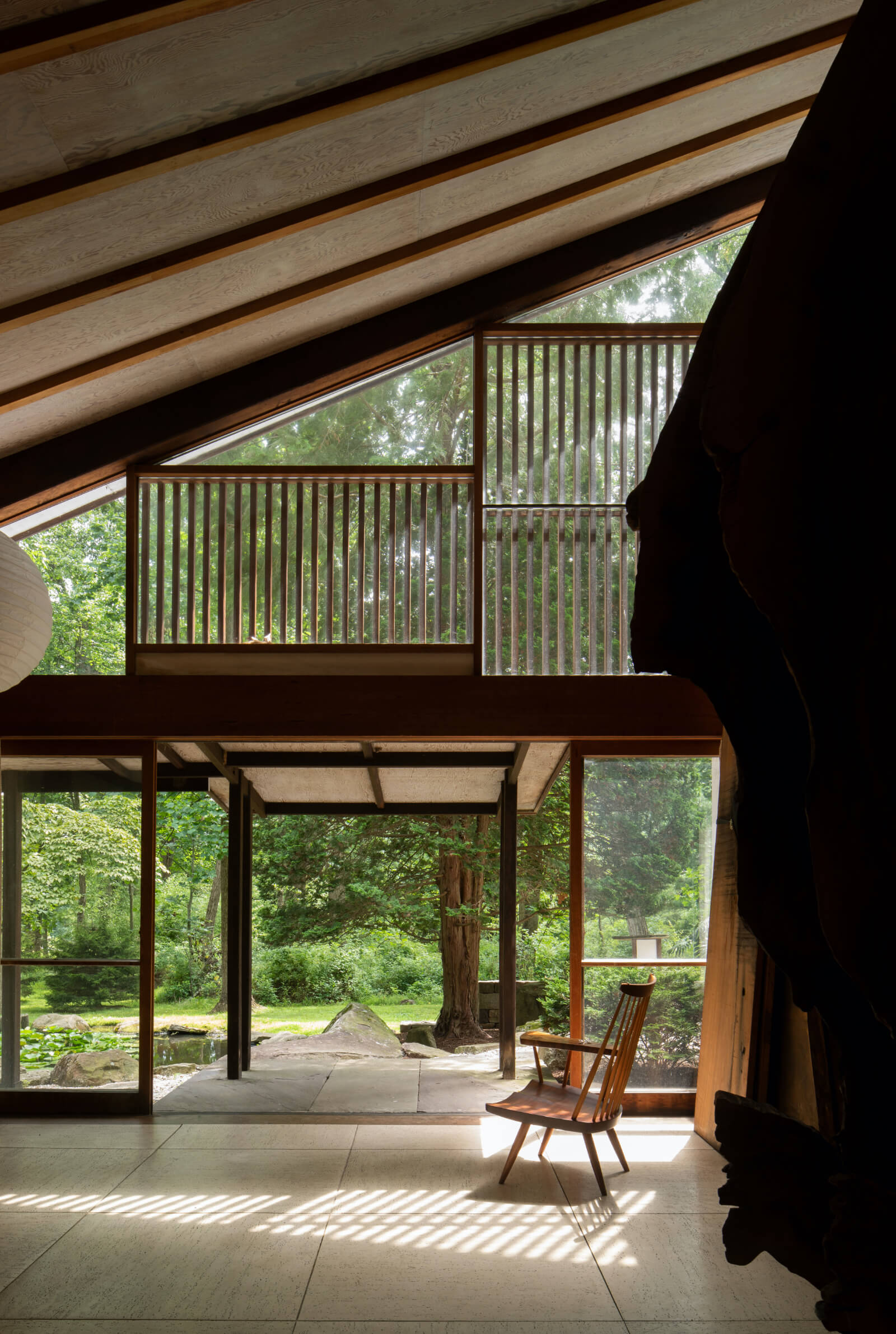
Interior of George Nakashima Woodworkers
COURTESY: Japan America Society of Greater Philadelphia / PHOTOGRAPH: Elizabeth Felicella
The exhibition explores the relationships and creative collaborations of a group of artists and architects: architect and woodworker George Nakashima, the husband and wife design team of Noémi Pernessin Raymond and Antonin Raymond, and the architect Yoshimura. The four knew each other from Tokyo – Yoshimura, Nakashima and the Raymonds all worked in Raymond’s architectural firm until the Raymonds settled in New Hope, Pennsylvania in 1938. Yoshimura followed shortly thereafter.
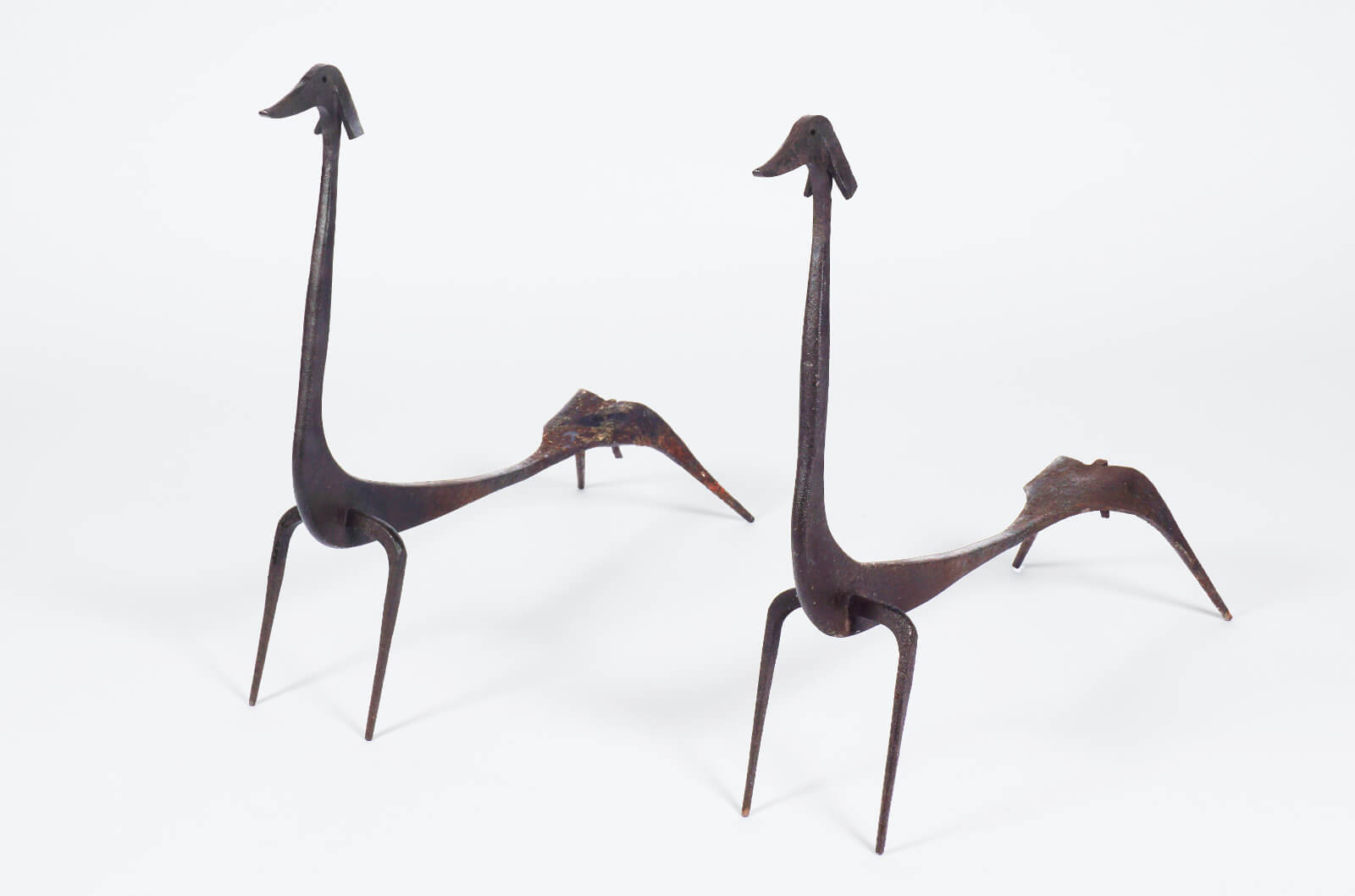
Noémi Raymond, ‘Firedogs’, circa 1952
COURTESY: Japan America Society of Greater Philadelphia / PHOTOGRAPH: Laszlo Bodo
Following the wartime internment of the Nakashima family at the Minidoka internment camp in Idaho, the Raymonds had invited the family to stay on their farm. George Nakashima was so taken with the area and its optimistic name, that he eventually established his own studio, workshop, and home there. He spent some of his time at Minidoka apprenticing himself to Gentauro Hikogawa and learning Japanese woodworking techniques.
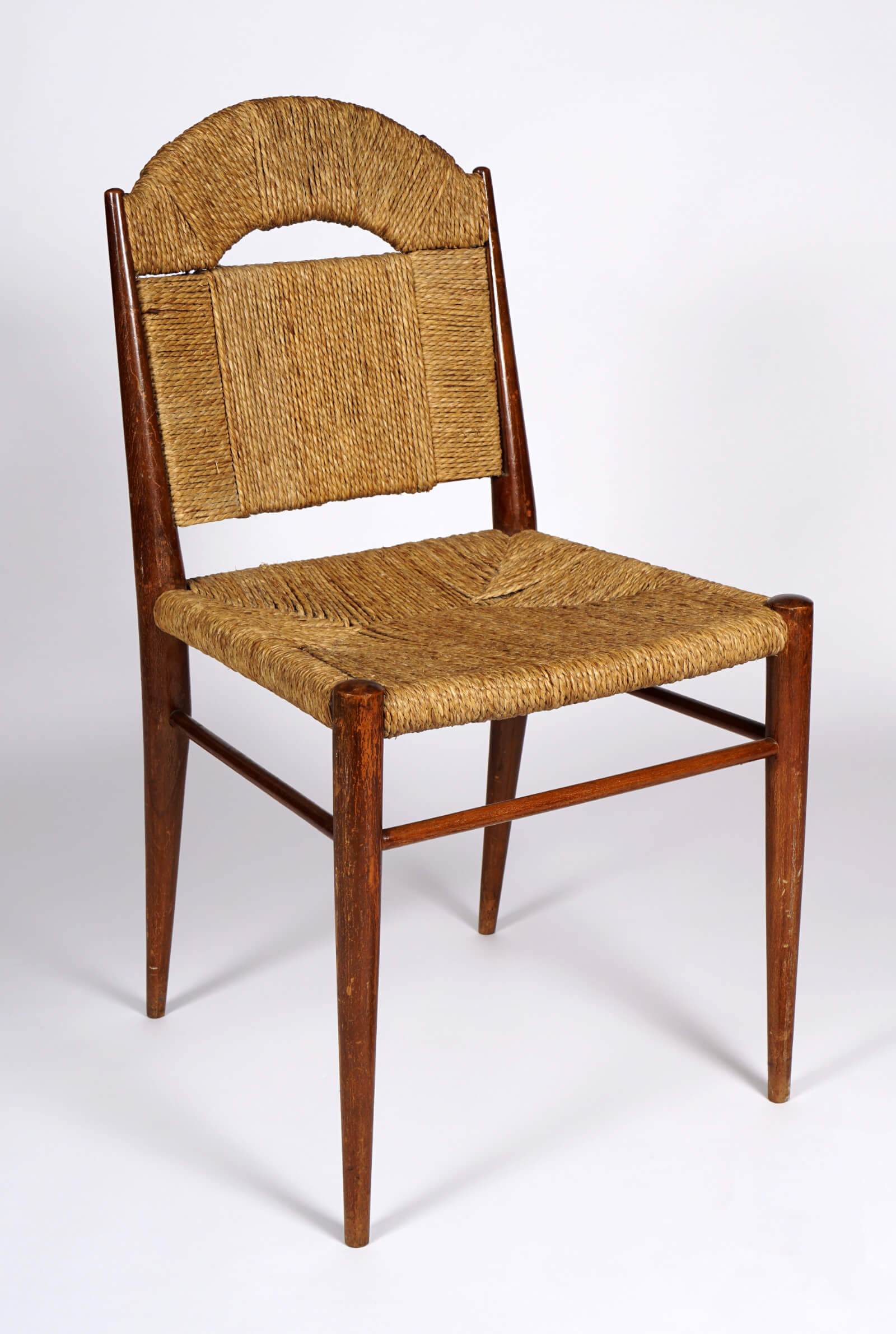
Antonin & Noémi Raymond, ‘Dining Chair for the Oka House’, Tokyo 1936
COURTESY: Japan America Society of Greater Philadelphia / PHOTOGRAPH: Laszlo Bodo
“The objects paint a portrait of cross-cultural collaboration …”
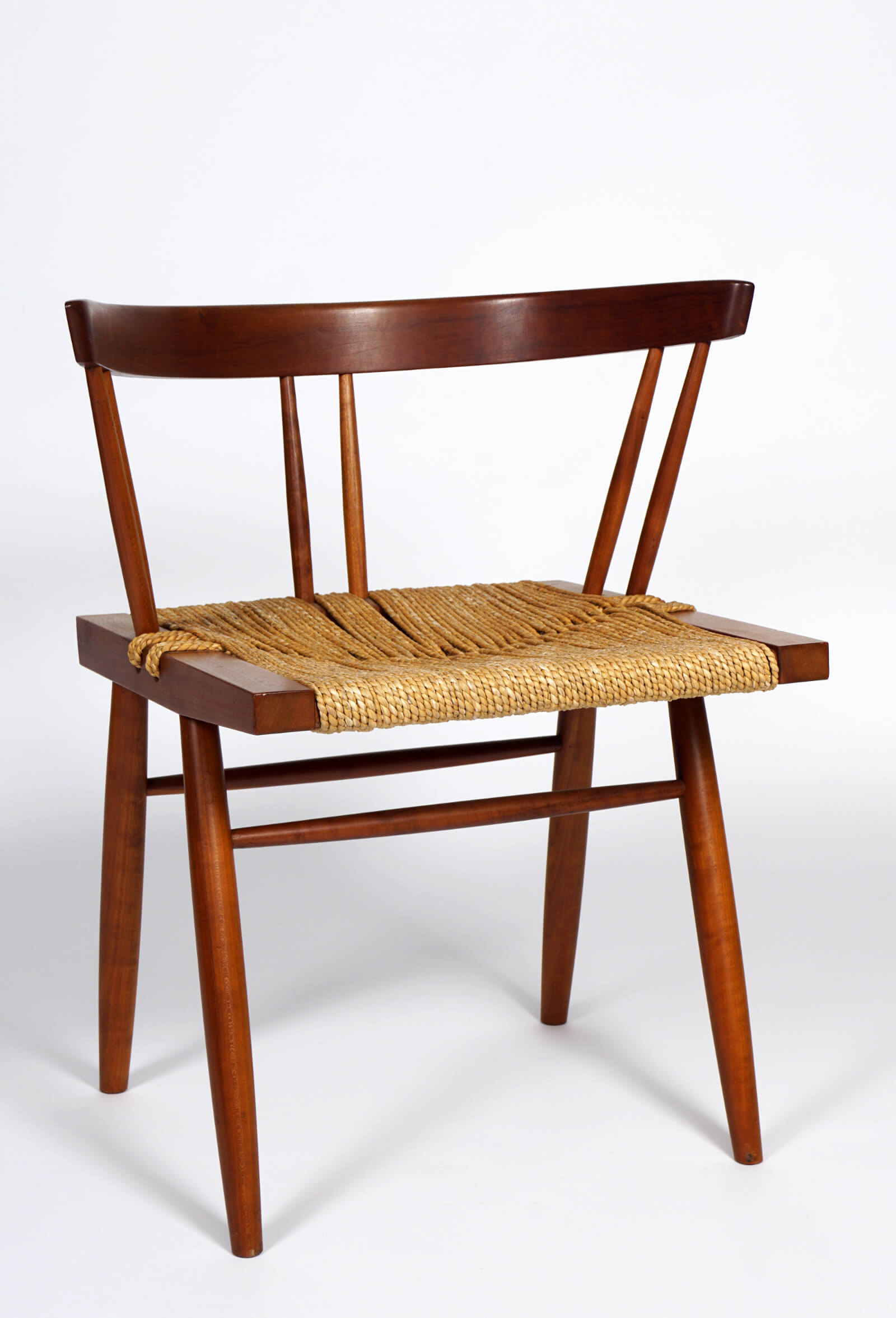
George Nakashima, ‘Grass Seated Chair’, 1944/1955
COURTESY: Japan America Society of Greater Philadelphia / PHOTOGRAPH: Laszlo Bodo
” … as well as a desire and reverence for beauty that was undimmed by hardship”
The setting of a domestic space – even one that was never truly an inhabited home, like Shofuso – offers the right scale and atmosphere for a range of works including furniture, design drawings and textiles. The Nakashima furniture includes a table made for the milk house at Raymond Farm, just after arriving there from Minidoka. It’s geometric, rectangular, with a lip at either end, in a traditional and forward-looking style that seems to anticipate the enormous enthusiasm for pared-down modernism that was about to hit North America. Also on view is a toy chest that Nakashima made for his daughter Mira while the family were at camp Minidoka; Mira is now an accomplished woodworker and designer in her own right and runs the Nakashima Studio.
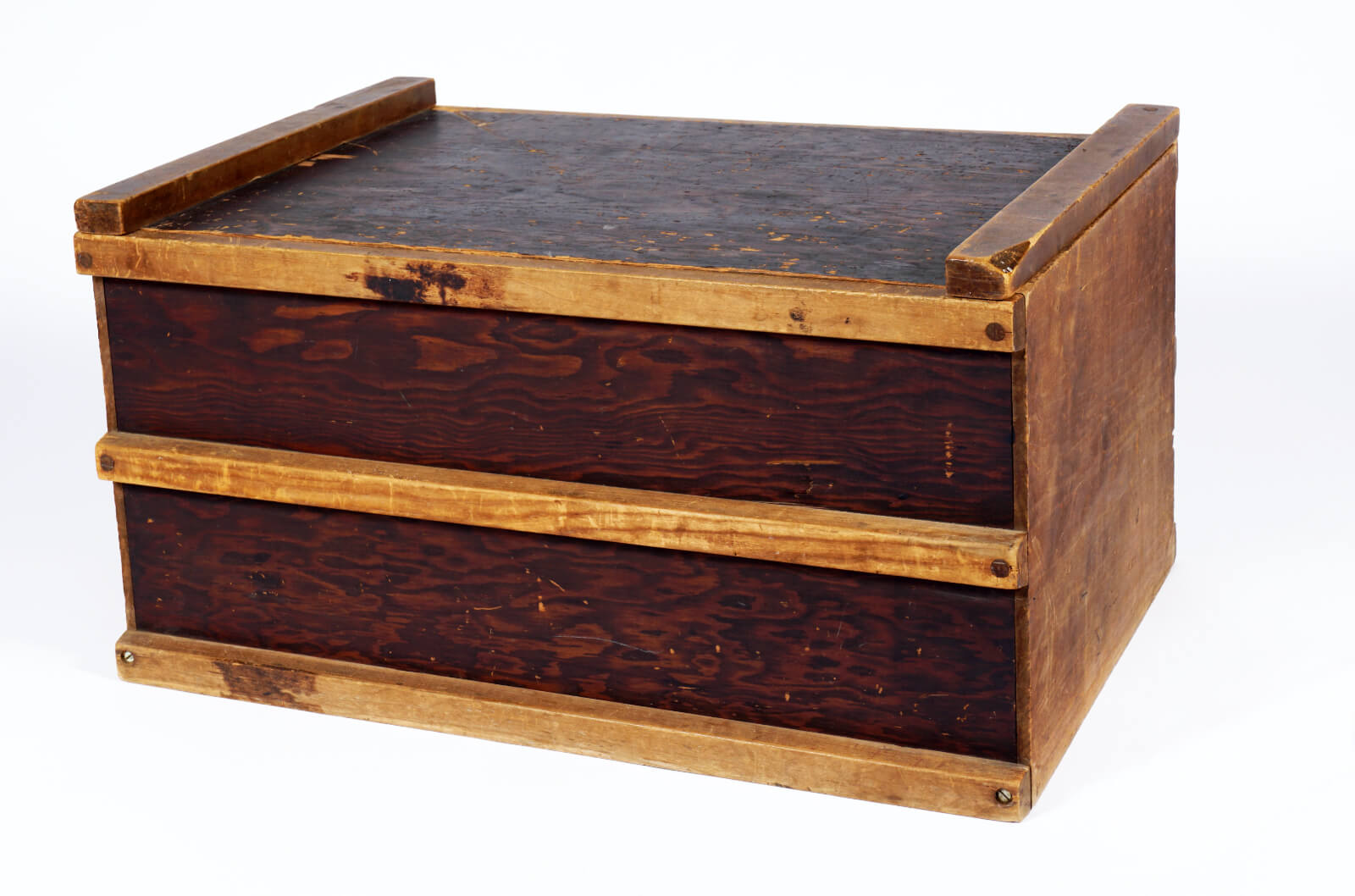
George Nakashima, ‘Toy Chest’, circa 1942
COURTESY: Japan America Society of Greater Philadelphia / PHOTOGRAPH: Laszlo Bodo
There are drawings by Antonin Raymond that depict Shokunin (Japanese artisans) at work on Tokyo’s Imperial Hotel in the 1920s, and designs by Nakashima, Raymond and Yoshimura from the 1930s when they were colleagues. The overall effect is one of a budding collaboration among this group, being assembled piece by piece, in plans and drawings, and in physical objects. A colourful outlier is Noémi Raymond’s wonderful textiles, which are vibrant and decorative, inspired by nature, and only semi-abstract. Her ‘Strip Fields’ designed for Schumacher in 1948 evokes the jolly napkins and tablecloths of Vera Neumann that were popular in the 1960s. Her designs clearly reference the natural world, but devise patterns from it rather than trying to recreate its forms literally. Outdoors, plantings which are inspired by Shokunin gardener Tansei Sano’s plan for the original Fairmount Park site, underscore the beauty of the Shofuso house and its surroundings. Taken together, the objects paint a portrait of cross-cultural collaboration, but also of a desire and reverence for beauty that was undimmed by hardship.
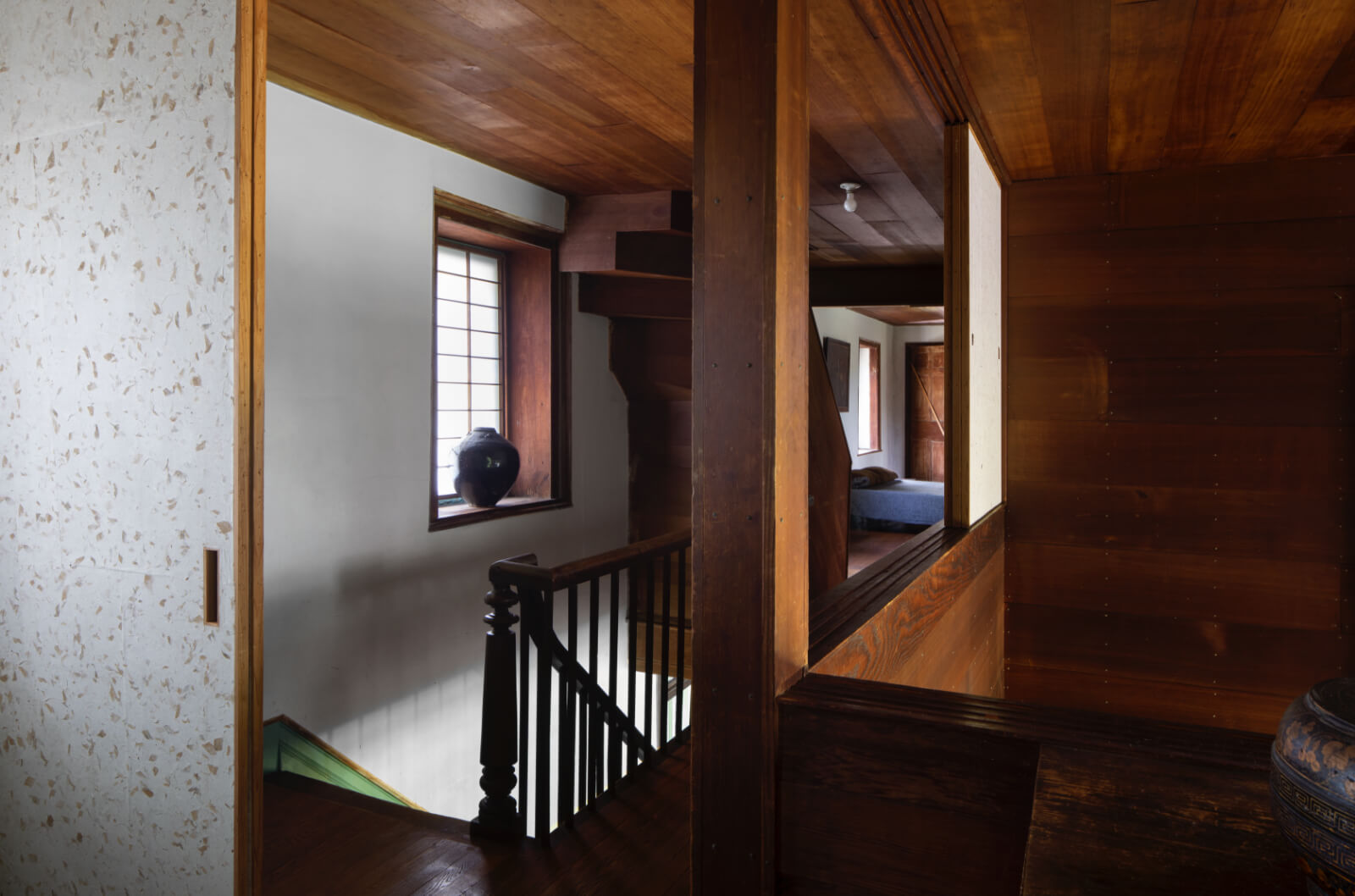
Raymond Farm in New Hope
COURTESY: Japan America Society of Greater Philadelphia / PHOTOGRAPH: Elizabeth Felicella
Shofuso and Modernism: Mid-Century Collaboration between Japan and Philadelphia runs until 29th November. Virtual tours of Nakashima’s New Hope studio and the Raymond Farm Centre for Living Arts and Design are also on view. In October, a full, virtual experience of the exhibition will go live.




